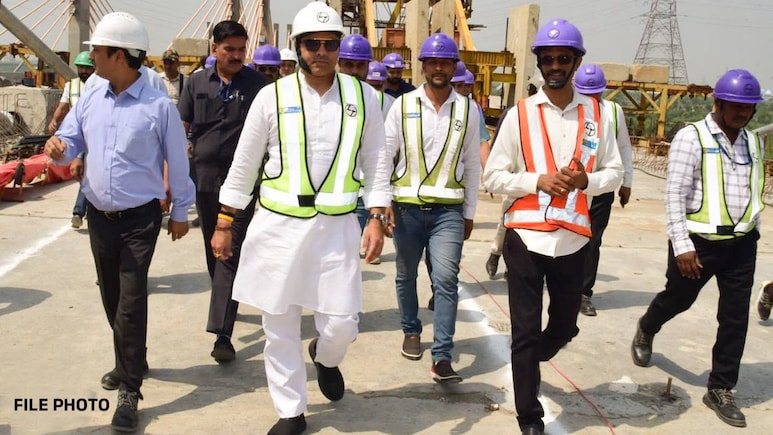
The long-stalled Barapullah Phase-III elevated corridor has finally received the green signal. The Central Empowered Committee (CEC) has cleared the tree-cutting and transplantation plan, paving the way for construction to restart on a project that has been stuck for nearly 10 years.
Announcing the approval, Delhi PWD Minister Parvesh Verma said: "With this green signal, we will swiftly complete the remaining works and open Barapullah Phase-III to the public, decongesting the NH-24–DND–Ring Road corridor while safeguarding the Yamuna floodplain. Within the next year, this corridor will be ready for people to travel with ease and pride."
Why the Corridor Matters
The 3.5 km stretch is designed to connect Sarai Kale Khan to Mayur Vihar Phase-I, extending the Barapullah network that already links INA and AIIMS. Once complete, it is expected to ease daily gridlocks on Ring Road, NH-24 and the DND Flyway, offering a faster commute between East and South Delhi.
For commuters who spend hours stuck at bottlenecks, officials say the corridor could significantly cut travel time and reduce emissions, with an estimated two tonnes of CO₂ saved per day, the equivalent of nearly 30,000 trees absorbing carbon.
Cost Escalation and Features
First approved in 2014, work began in 2015 but soon halted over environmental clearances. In the years since, costs have risen from ₹964 crore to about ₹1,330 crore.
The project will provide three lanes each way, eight loops at Sarai Kale Khan and Mayur Vihar, Cycle tracks and footpaths for non-motorised transport.
Tree Clearance Details
A joint resurvey conducted by the Public Works Department (PWD) and the Forest Department identified 333 trees along the corridor's path. Of these, 85 trees will be felled, 87 will be transplanted, and 161 will be retained, with light pruning applied.
Officials added that compensatory plantation will be undertaken as part of the clearance conditions.
What Happens Next
With both CEC and forest permissions in place, authorities said tree pruning and transplantation will begin immediately under the Forest Department's supervision. Work will then move ahead on the loops, carriageways and cycle tracks.
If deadlines are met, commuters could be driving on the Barapullah Phase-III by 2026, ending a decade-long wait for smoother and greener connectivity across Delhi.
Track Latest News Live on NDTV.com and get news updates from India and around the world

